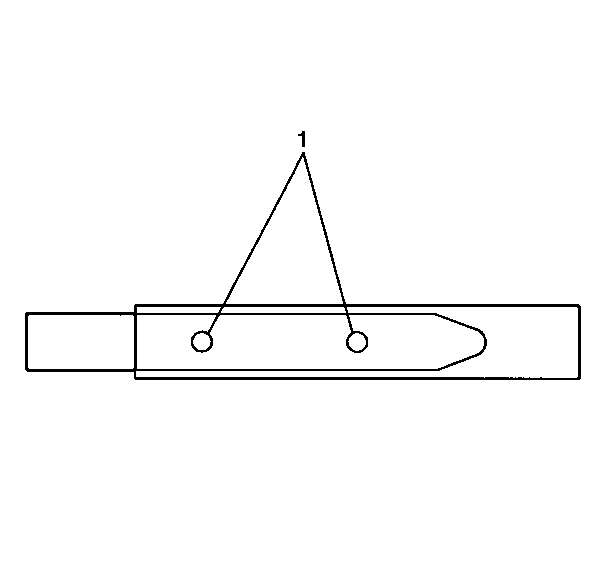For 1990-2009 cars only
Inspection Procedure
| • |
| • |

|
| - | Damage |
| - | Cracks |
| - | Deformation |
| - | Excessive play |
| - | Excessive rotational resistance |
| • |
| • |
| - | Damage |
| - | Cracks |
| - | Looseness |
| • |

|
| • |
| • | Runout Specification
|
| • |
| • |

|
| - | Damage |
| - | Cracks |
| - | Deformation |
| - | Excessive play |
| - | Excessive rotational resistance |
| • |
| • |
| - | Damage |
| - | Cracks |
| - | Looseness |
| • |

|
| • |
| • | Runout Specification
|